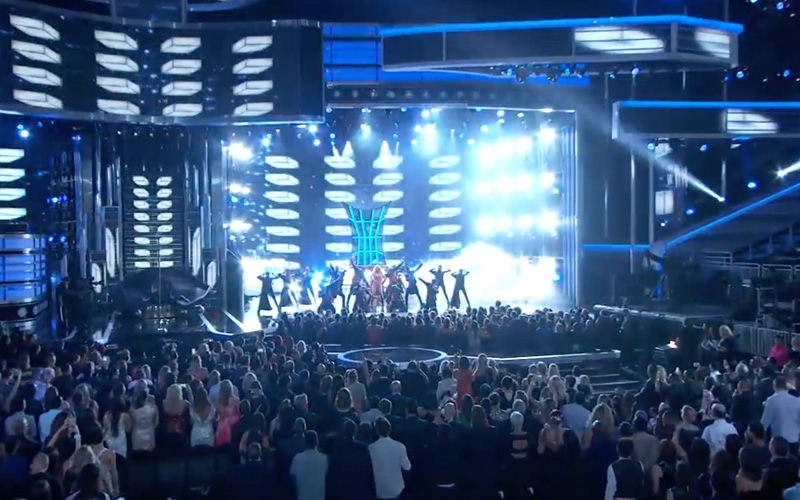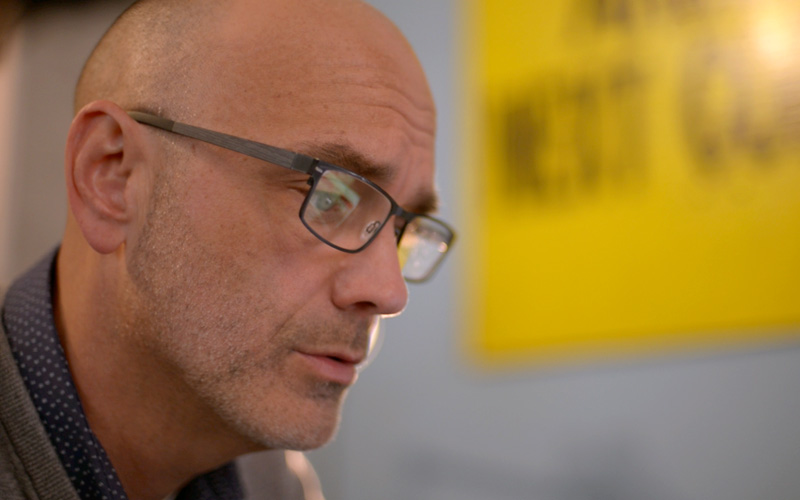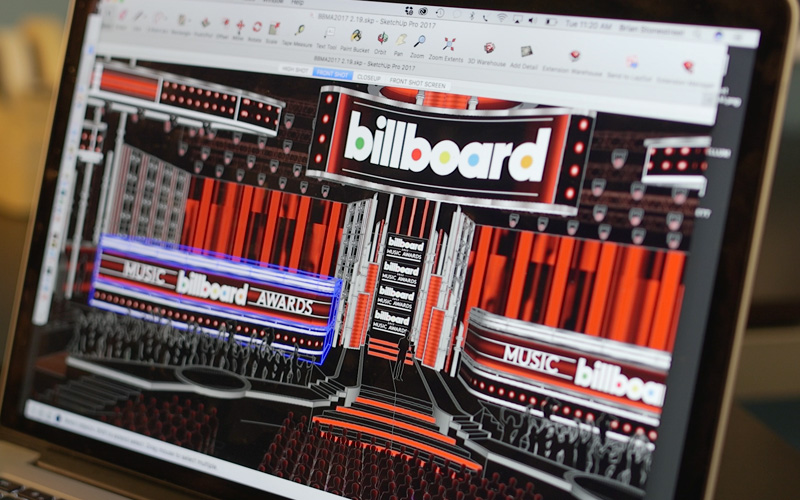Electrifying Audiences Through Stage Design
BRIAN STONESTREET
Founder
Brian Stonestreet Design, Inc.
BA Theatre ‘85
Scroll through the IMDB of MSU Theatre alumnus Brian Stonestreet and you will be in awe. As one of the most sought-after production designers in Hollywood and around the world, Stonestreet has electrified live audiences and TV viewers for more than a decade.
From the Golden Globes and Grammys to the BET and Country Music Awards, Stonestreet’s resume is an “A-lister” for anyone that is in the business of production design.
“I still get excited watching the shows I do go live,” he said. “Each performance gives me goosebumps. That hasn’t left me yet.”
Stonestreet (BA Theatre ’85) is founder of Brian Stonestreet Design, Inc., a full-scale production design agency in Burbank, California. His company leads the visual aspects, mainly set designs, for awards shows, special television features, and Fortune 500 company events. He has led production designs for more than 75 performances in cities like New York, Los Angeles, Las Vegas, Nashville, and Beijing just to name a few.

During the ideation and collaboration process with each show’s producers and directors, Stonestreet says there is much back and forth on artistic direction.
“This is where my theatre instincts take over. Thinking about space, the backgrounds, the camera angles, that is what creates memorable experiences for audiences.”
“Everyone wants to create the right mood that is artistic in tone for audiences. You need to think about that when you are creating shows,” Stonestreet said. “This is where my theatre instincts take over. Thinking about space, the backgrounds, the camera angles, that is what creates memorable experiences for audiences.”
He says it is important to “imagine the entire venue when developing a new stage design, even thinking about what the site lines are in the 300 level (top) of the venue is critical when designing sets.”

For Stonestreet, inspiration can be found anywhere.
“My inspiration comes from seeing other designer’s work, looking at design trends online, architectural trends, new production trends, talking and networking with others, that keeps me on my toes,” he said. “Designers come from all walks of life and have different paths. That is what is exciting about this business.”
MSU Foundation for Success
Stonestreet credits the professors in MSU’s Department of Theatre with providing him opportunities to develop his skills and giving him real-world experiences.
“Michigan State University was a great backbone,” he said. “Building our own scenery, managing crews, painting, and developing renderings/models of the upcoming shows, it was a very hands-on undergraduate experience. Those skills I learned at MSU provided the foundation to what I do now.”
“Michigan State University was a great backbone, Those skills I learned at MSU provided the foundation to what I do now.”
One of the most valuable things he said he learned at MSU was the communication and collaboration process.

“In general, you think production design is just designing, but once the design is approved, so much of the job is communication,” Stonestreet said. “From the lighting technicians and prop designers to the producers, directors, and actors, everyone has to be on the same page prior to the performance.”
Bringing the 3D Model to Life
When making a digital 3D model for a show, Stonestreet uses software programs such as Sketchup, Vecterworks, and AutoCAD, which are critical applications when collaborating with other team members.
“The new technologies we have seen has really sped up the communication process and enhanced the look and feel of overall shows,” Stonestreet said. “It has been a valuable tool and allows me to take a new approach to each set design.”

Stonestreet notes that recent graduates should develop skills and have a good background in these software applications to land a job as a production assistant.
“The 3D digital modeling skill is an asset to any production designer and art department,” he said. “That knowledge base will get you hired and begin your path in production design. It is fun to see your style change from show-to-show through new and upcoming technology.”
Through it all, Stonestreet says a production designer role is always changing depending on the client and project.
“In many ways, you are a chameleon, each show brings a different look, feel, and vibe for audiences.”
“In many ways, you are a chameleon,” he said. “Each show brings a different look, feel, and vibe for audiences. That is what I love to do, and I wouldn’t be doing anything else.”



